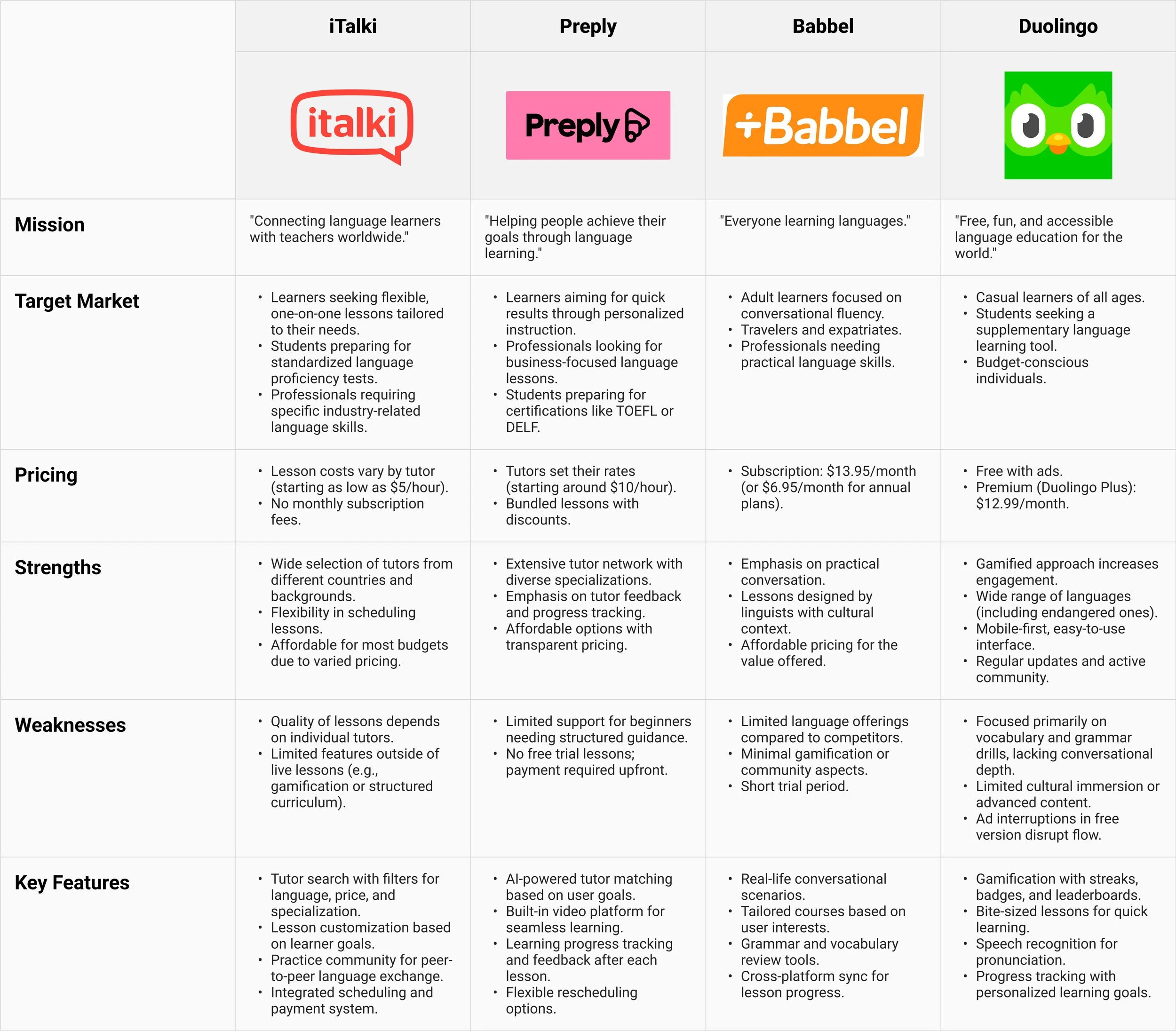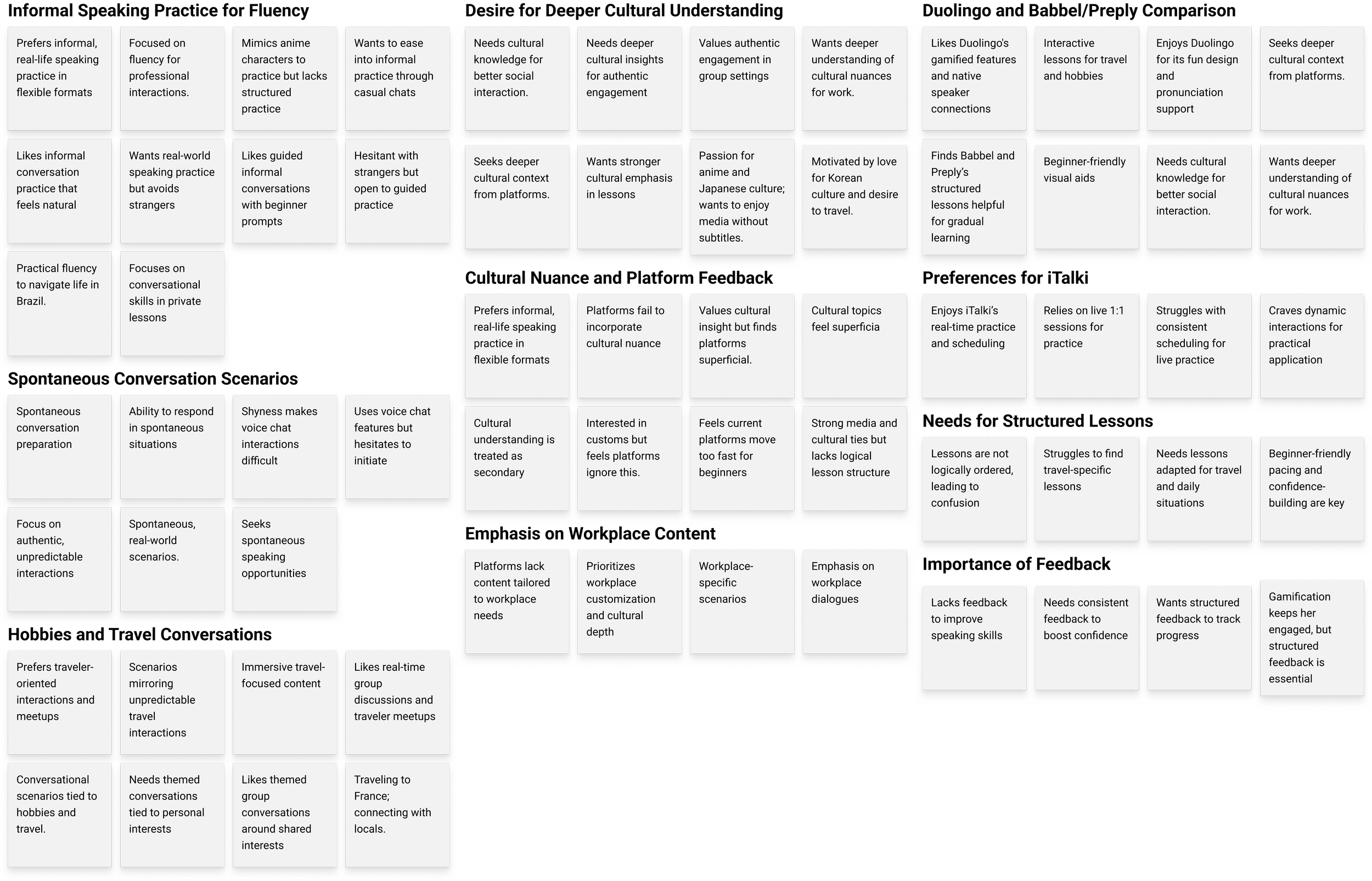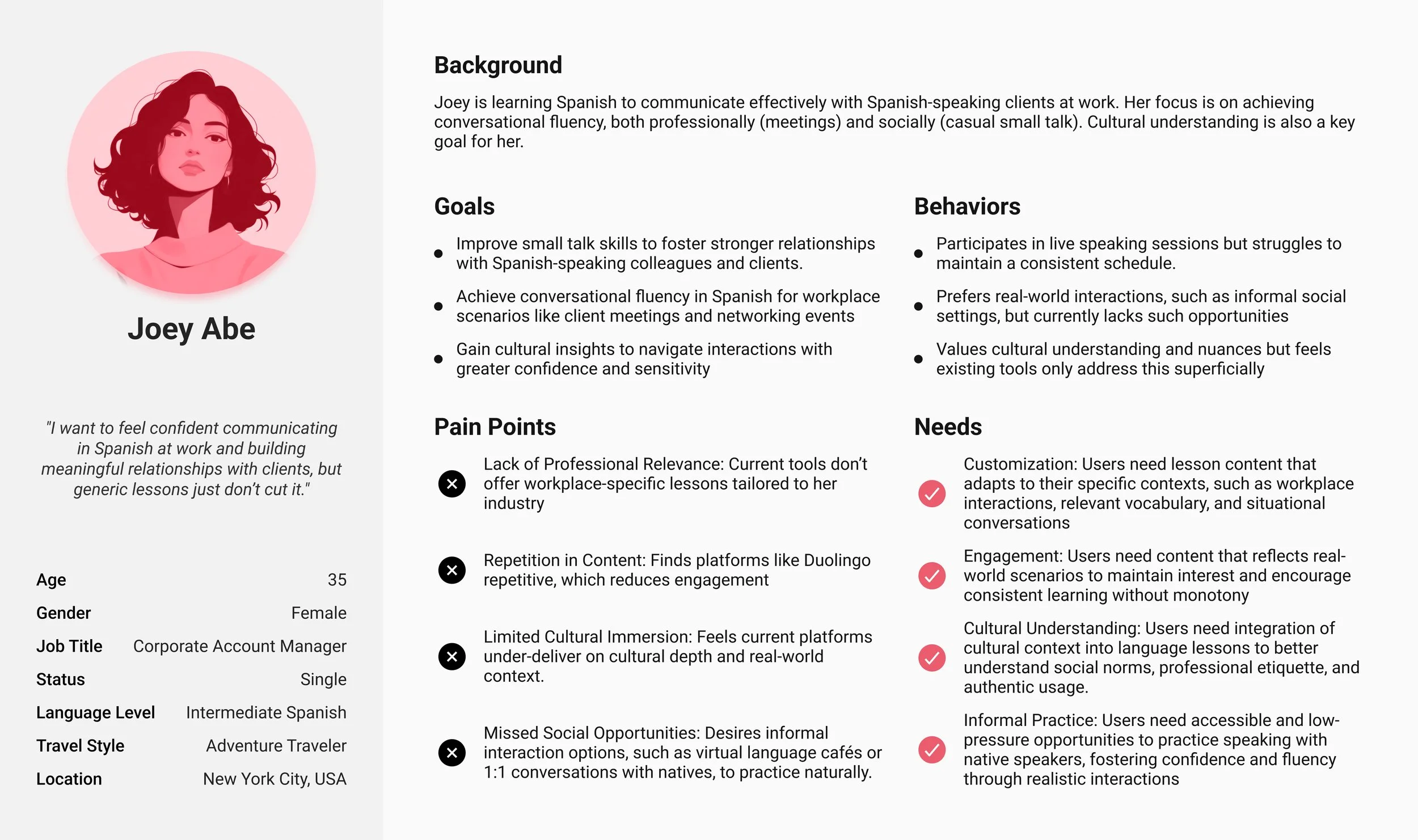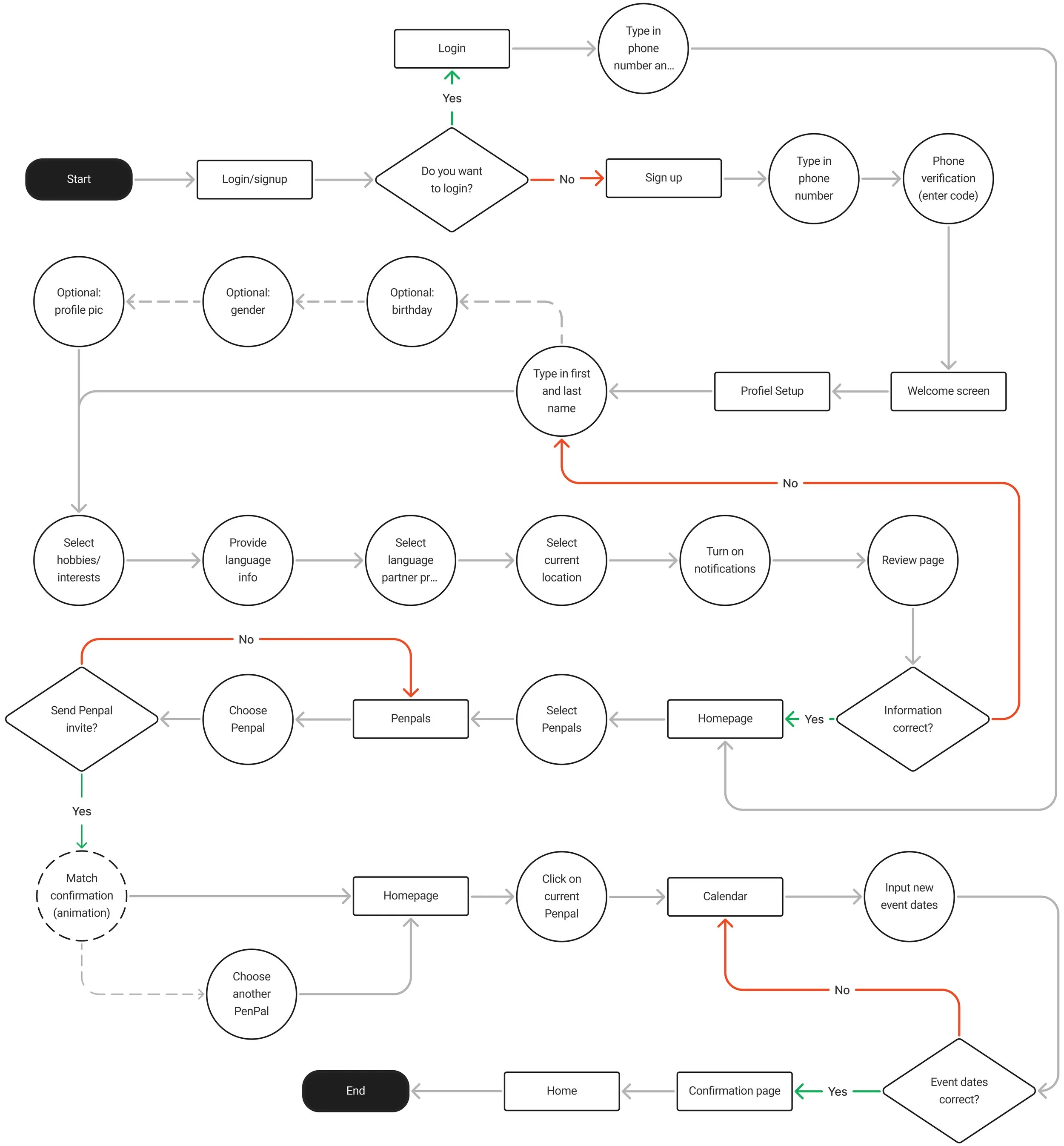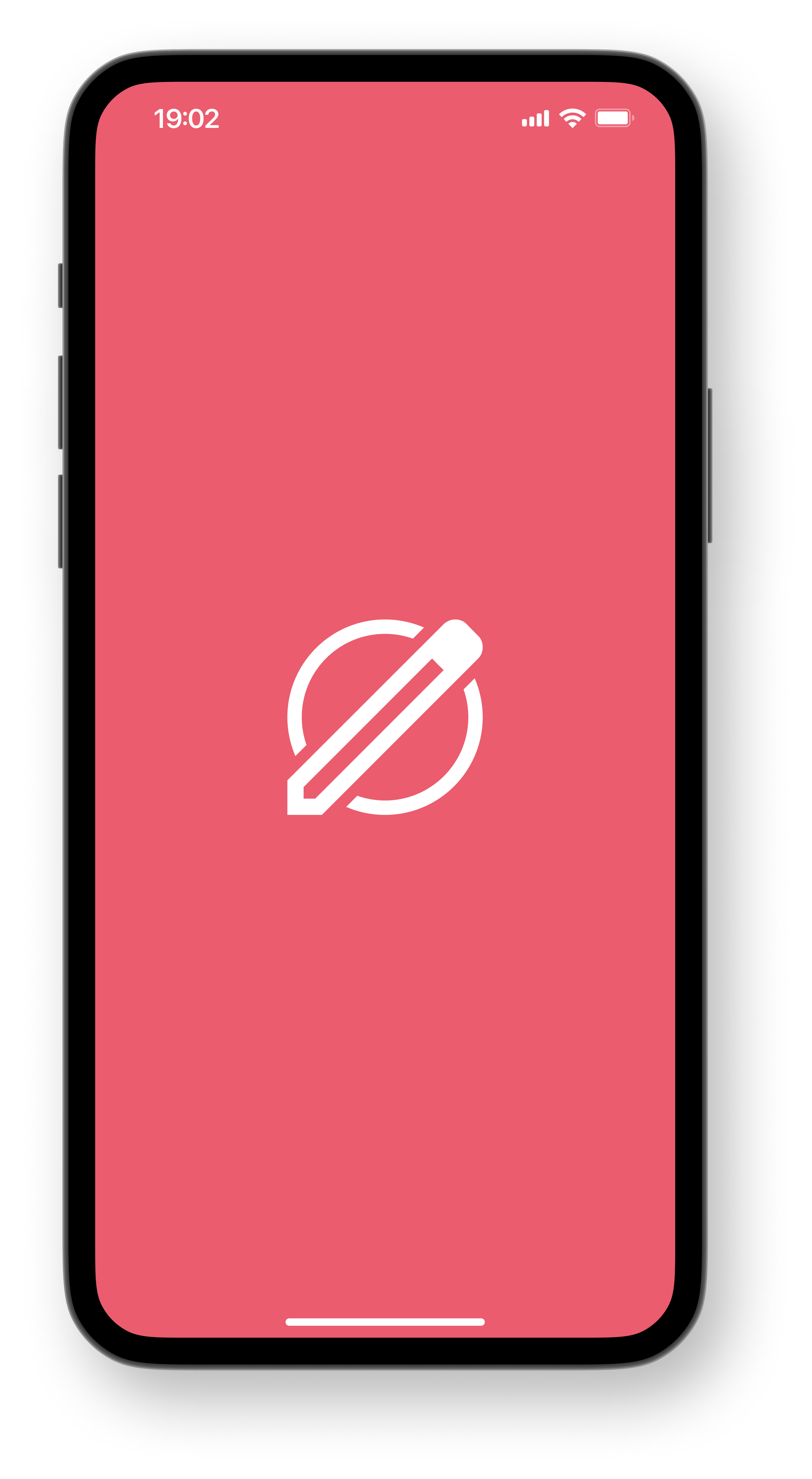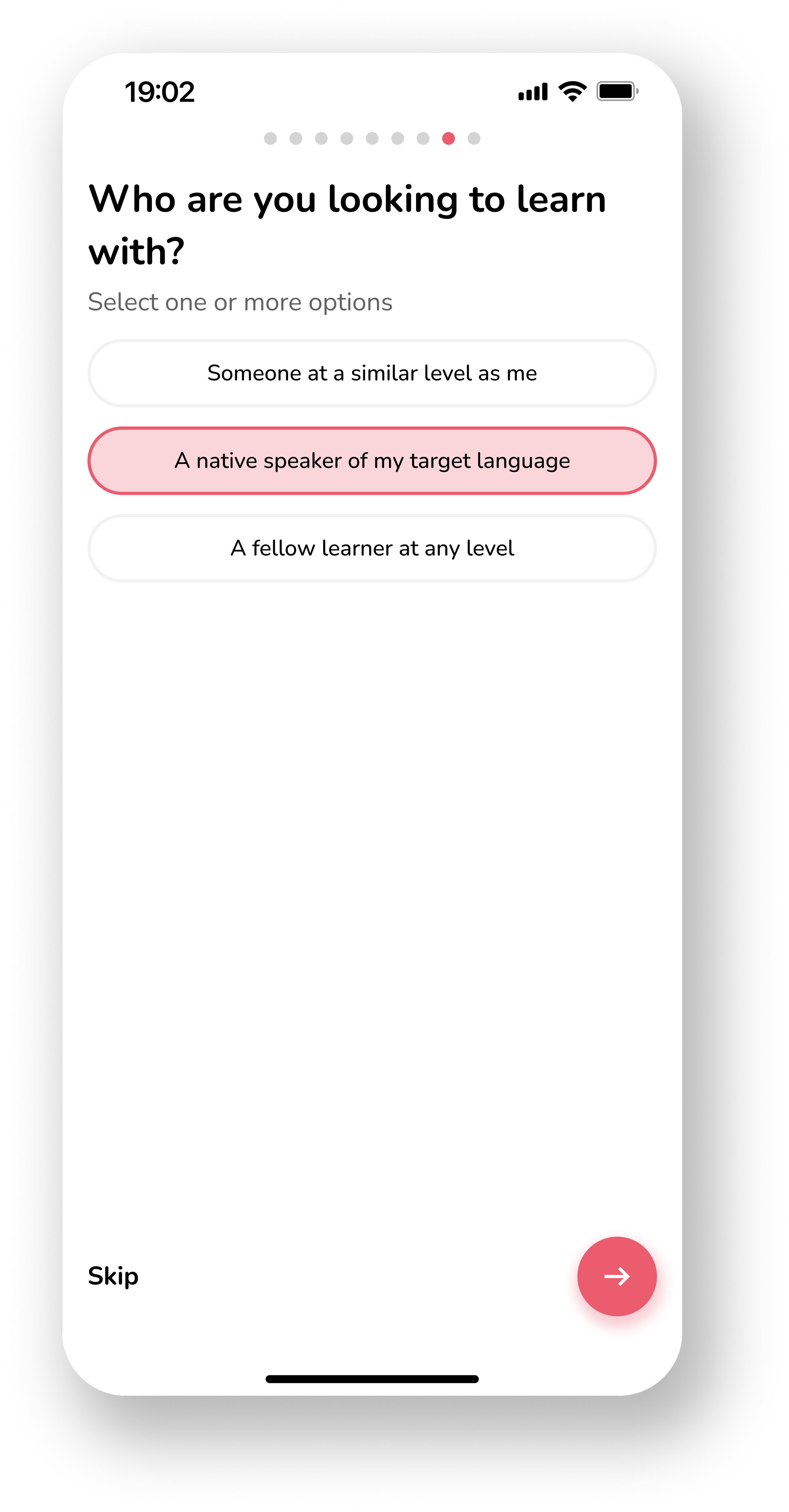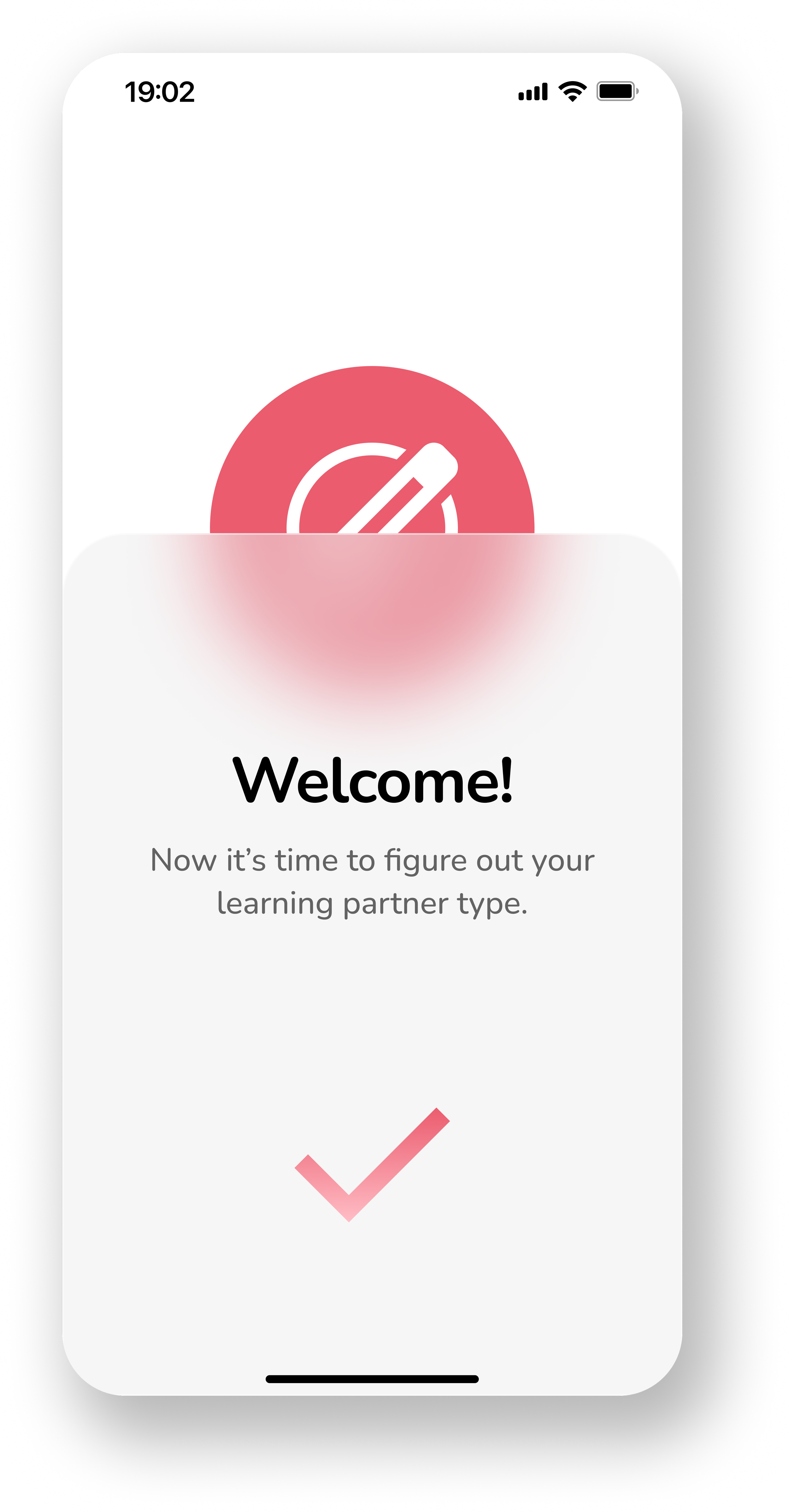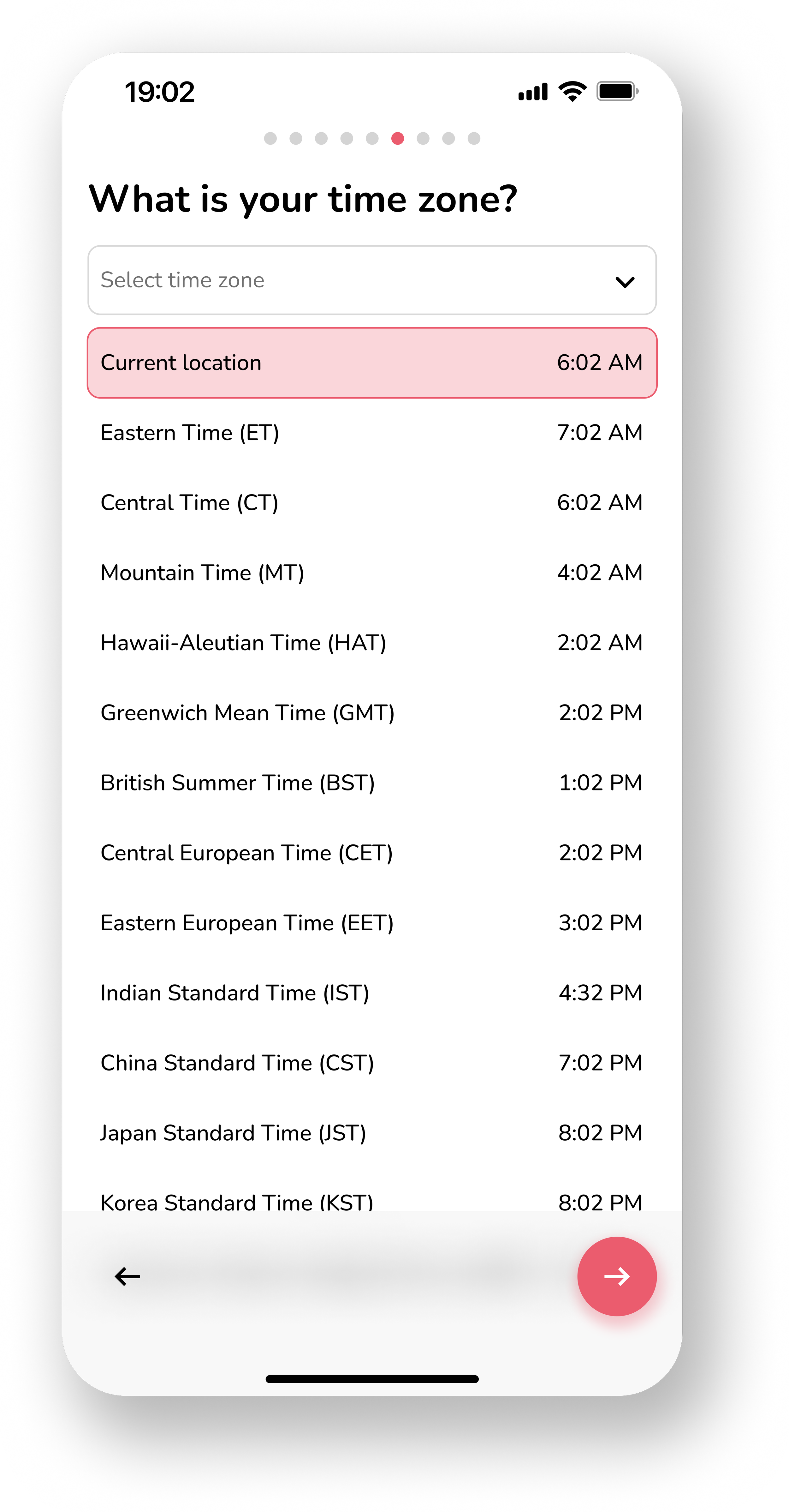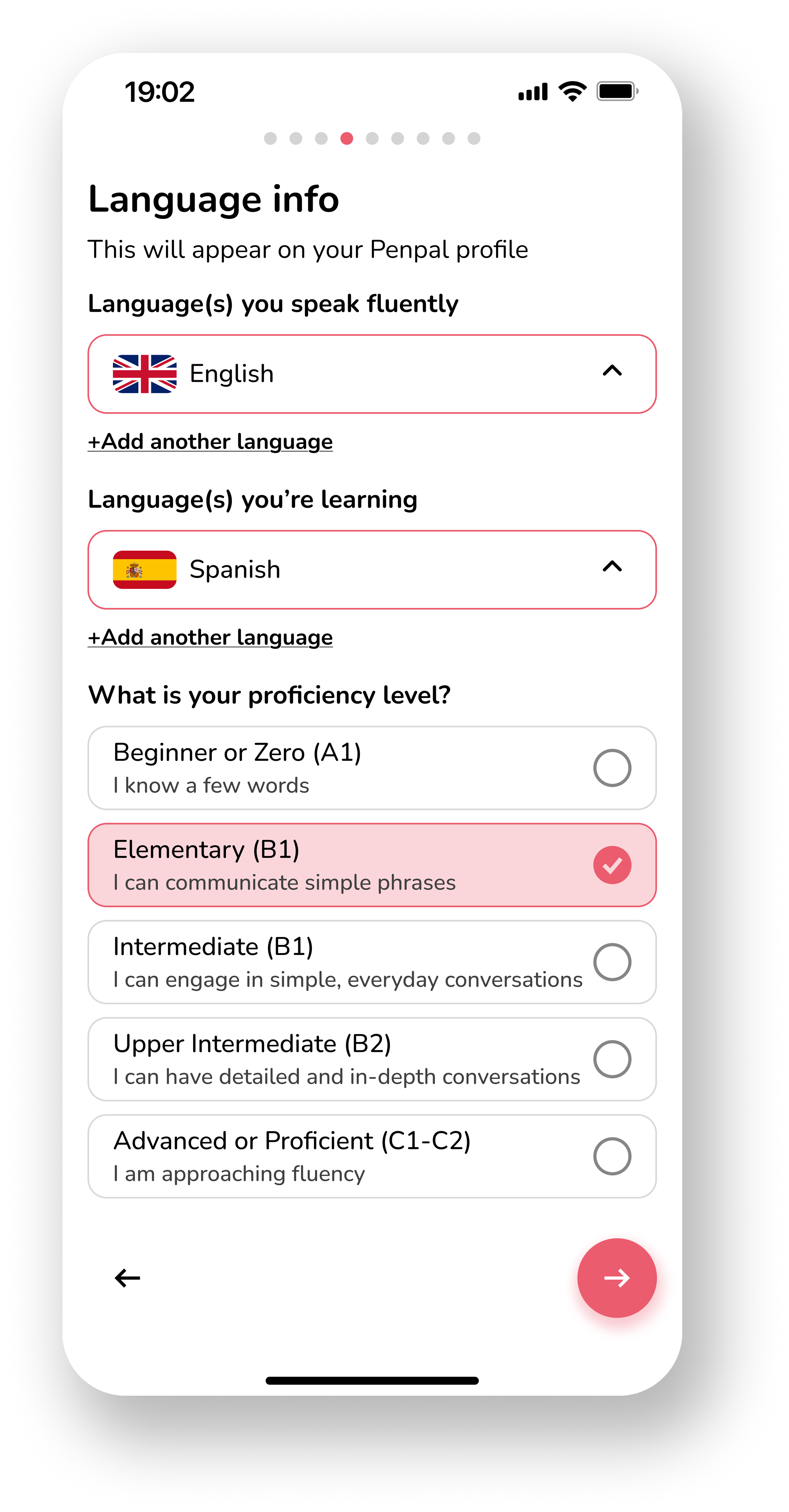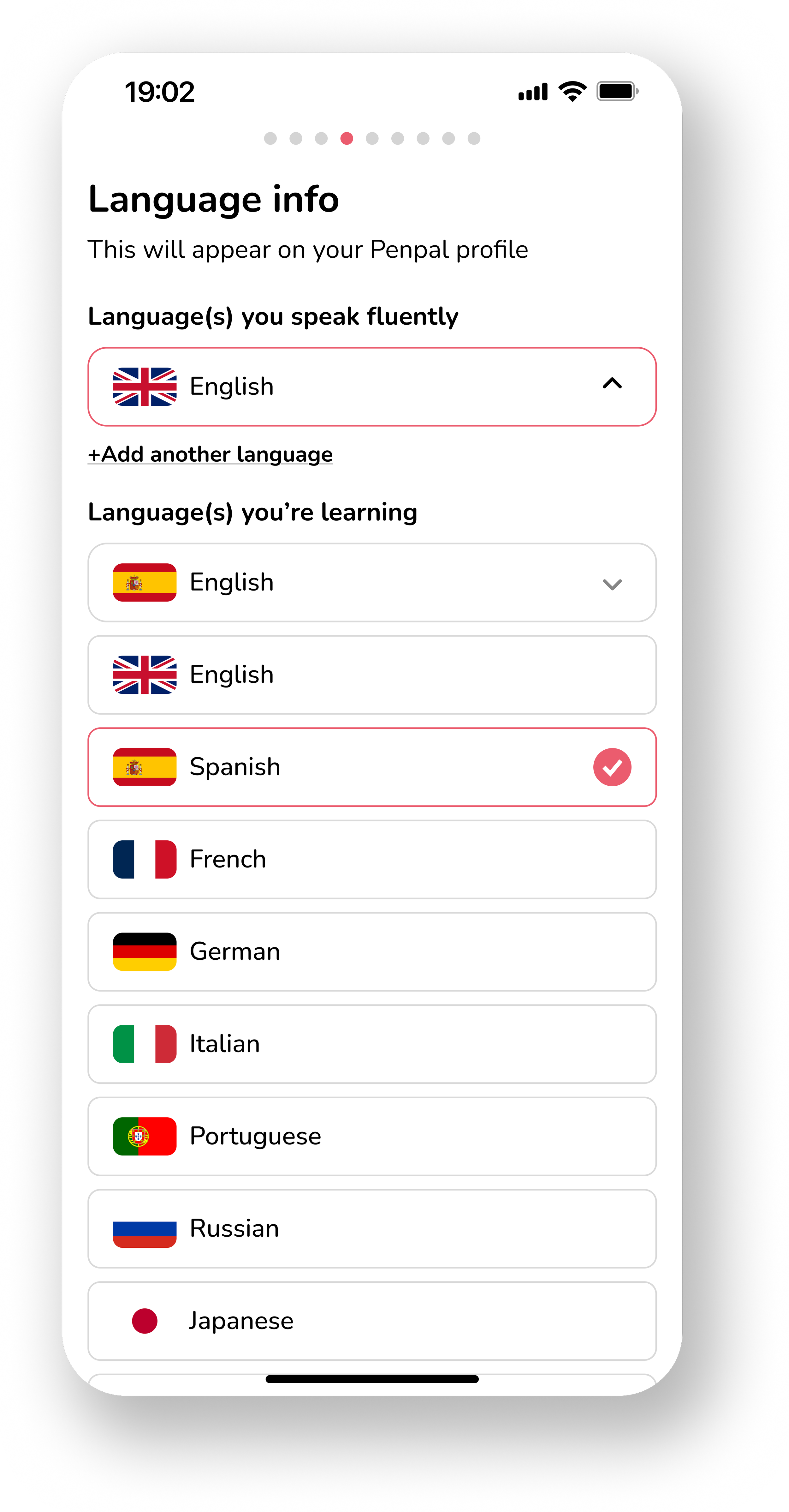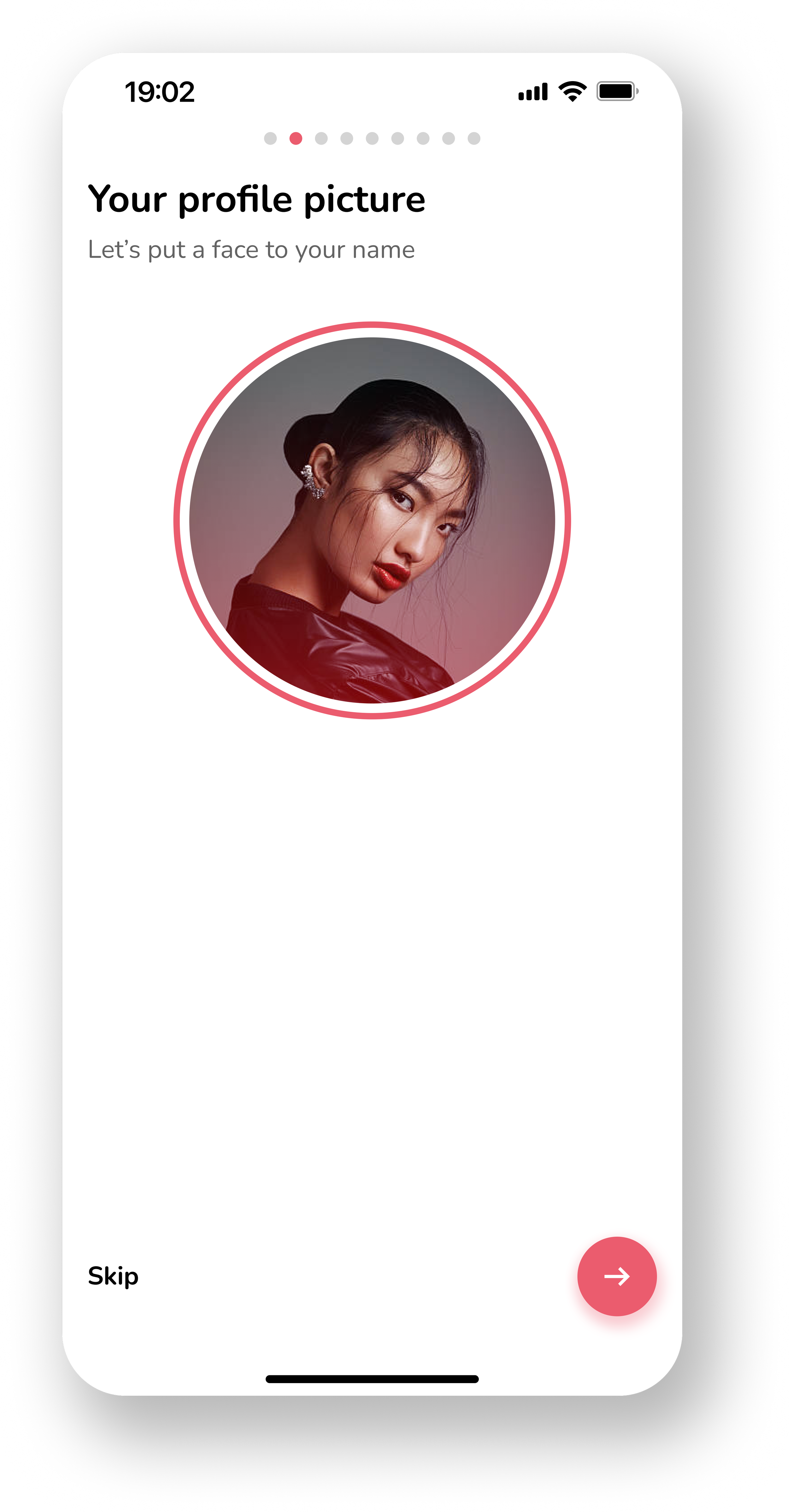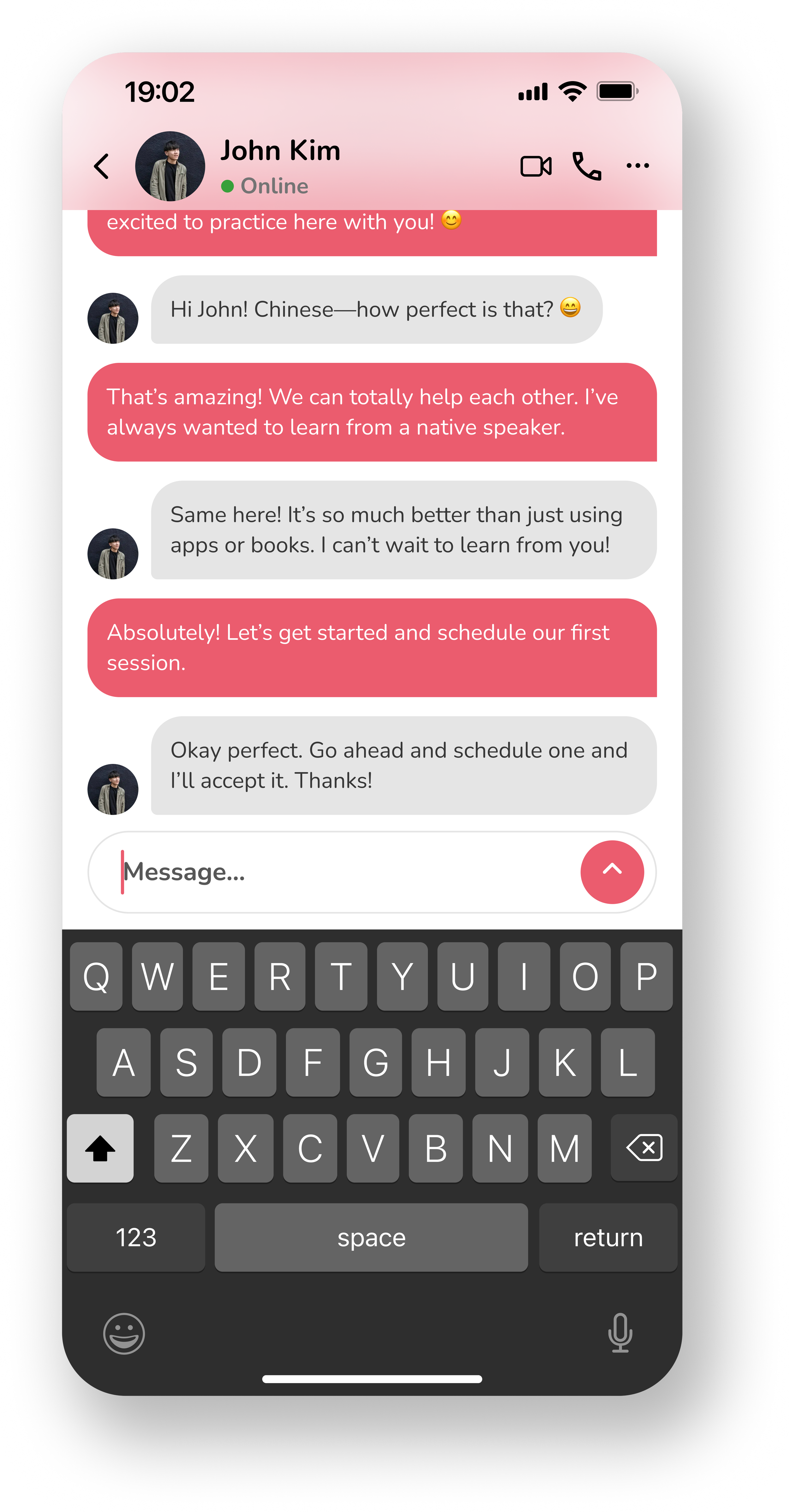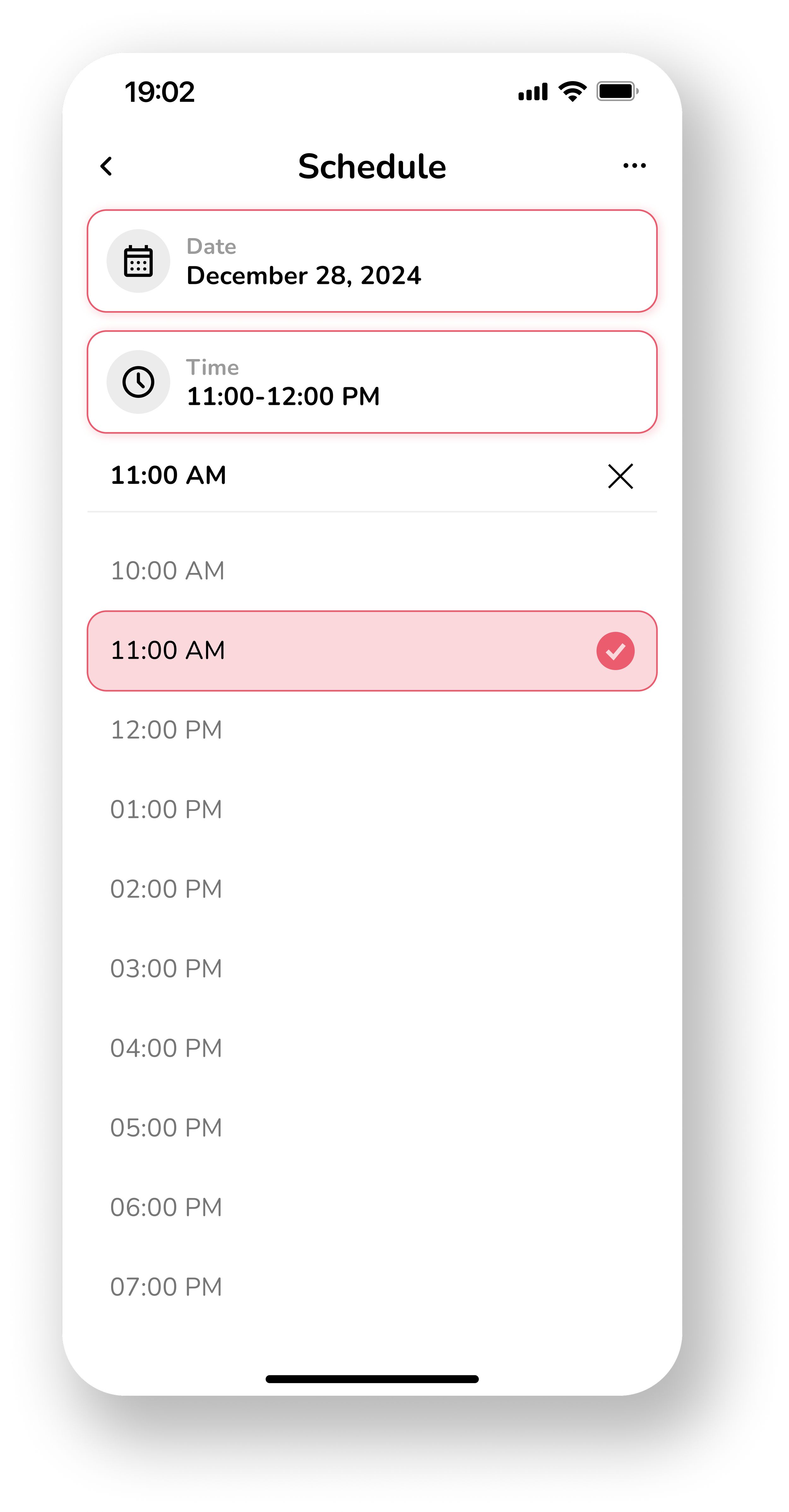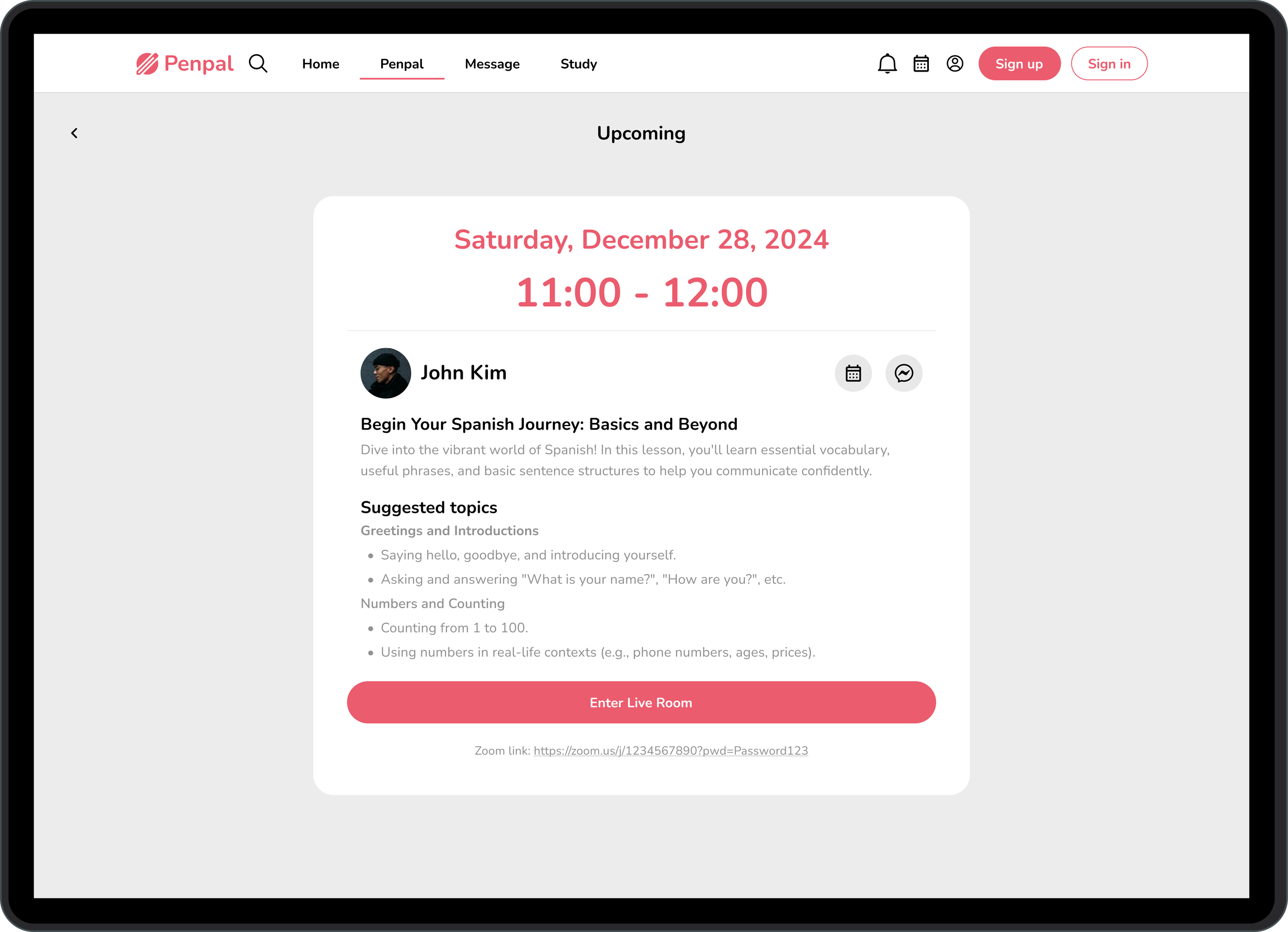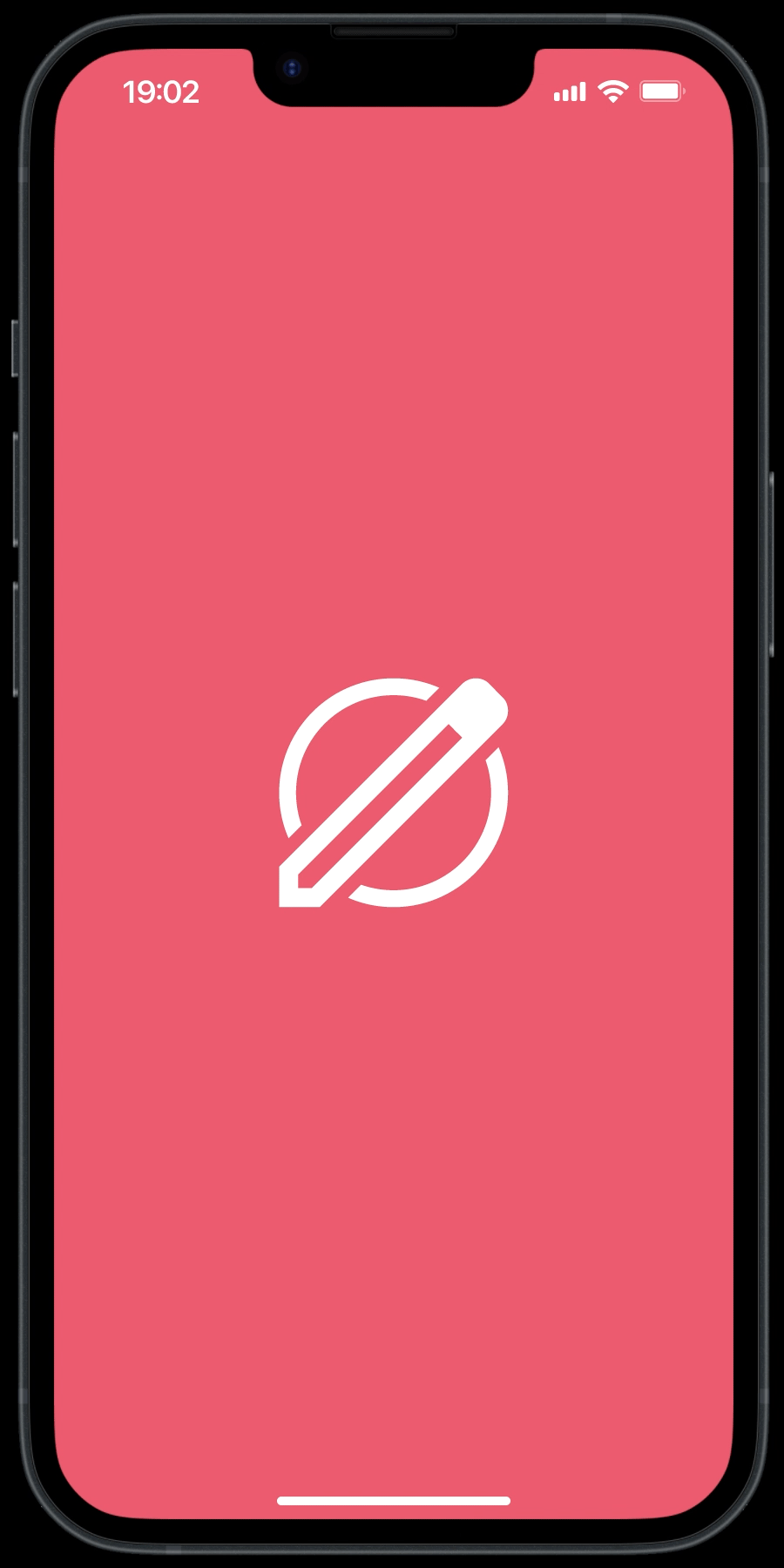Connecting Language Learners Worldwide: A Dynamic Social Platform for Global Language Exchange
Role: UX/UI Designer
Platform: Responsive Website
Duration: 2 months
Company: Independent
Tools: Figma, Figjam
Project Type: End-To-End
OVERVIEW
In a rapidly globalizing world, learning new languages has become essential for personal growth, career advancement, and cultural exchange
Online language learning platforms have gained popularity for their accessibility and affordability. However, many users face challenges in staying motivated, achieving fluency, and finding resources tailored to their unique learning styles. Existing platforms often provide generic solutions, leading to suboptimal engagement and outcomes
DISCOVERY - Initial Problem Statement
Learners using online platforms struggle with maintaining consistent engagement, finding personalized learning paths, and achieving meaningful conversational fluency
Many platforms focus heavily on vocabulary and grammar drills but fail to address the need for cultural context, practical usage, and social interaction. This leads to frustration, reduced motivation, and a lack of progress
DISCOVERY - Hypothesis
If an online language learning platform incorporates personalized learning paths, interactive cultural immersion, and community-based practice opportunities, learners will be more engaged, consistent, and achieve higher proficiency levels
HOW TO MEET SOLUTIONS?
1. to create a user-centric online language learning platform that enhances engagement and learning outcomes
2. to improve user retention and satisfaction by addressing motivational and contextual learning gaps
DESIGN PROCESS
RESEARCH - Competitive Analysis
Existing language learning platforms have a combination of personalized tutoring, structured lessons, gamifications and casual learning
Each platform was assessed for its unique offerings (e.g., gamification, tutor diversity) and limitations (e.g., lack of structured curriculum, ad interruptions), highlighting opportunities for differentiation
RESEARCH - Affinity Map
Users are seeking a deeper connection with the language they’re learning and desire opportunities to engage in more natural, casual conversations
Five users were interviewed with several expressing a strong preference for informal, real-life speaking practice, with users valuing flexible formats, cultural insights, and authentic engagement in group settings
Key Findings
Preference for Informal Conversations
Feels constrained by overly formal lessons that don't align with casual, everyday speech or personal interests
Existing platforms lack flexibility in conversation formats
Desire for Cultural Emphasis
Limited incorporation of cultural nuances, leaving learners unprepared for authentic engagement
Limited incorporation of cultural nuances, leaving learners unprepared for authentic engagement
Feedback and Structured Learning
Limited access to dynamic, interactive sessions that feel relevant and engaging
Limited access to dynamic, interactive sessions that feel relevant and engaging
RESEARCH - User Persona
Meet Joey Abe, a corporate account manager passionate about building strong connections and enhancing communication with Spanish-speaking clients
The persona highlights Joey’s goals of achieving conversational fluency and cultural understanding, along with her behaviors, such as participating in live speaking sessions and valuing real-world interactions
IDEATION - Solution Statement
Language learners face challenges in achieving fluency due to a lack of opportunities for casual, authentic conversations
Existing platforms fall short in offering flexible, real-life speaking practice and meaningful cultural engagement, leaving users feeling disconnected
IDEATION - Design Decisions
Practice Anytime, Anywhere
Chat, call, or video conference with your language partner to improve your speaking, listening, and comprehension skills.
Cultural Exchange
Go beyond vocabulary and grammar by learning about your partner’s culture, traditions, and everyday life.
Structured Learning
Access built-in tools like conversation prompts, vocabulary challenges, and language games to make learning more interactive
Safe and Inclusive
A friendly, moderated platform focused solely on language learning and cultural connection
The simple, intuitive navigation makes it easy for users to find a compatible Penpal based on their preferences and to seamlessly schedule sessions
IDEATION - User Flow
Users select hobbies, interests, and language preferences, followed by choosing a Penpal, which highlights the focus on tailored connections and user engagement
ONBOARDING + ACCOUNT CREATION
Craft and Customize Your Profile and Penpal Preferences
Match with users based on shared language interests, skill levels, and learning goals. A list of current Penpals, allowing users to select and message their connections quickly
PENPAL + MESSAGES
Find Your Language Penpal
Match with users based on shared language interests, skill levels, and learning goals. A list of current Penpals, allowing users to select and message their connections quickly
HOME DASHBOARD + SCHEDULING
See The Activity Feed Of Your Penpals
Stay connected and inspired by checking out the latest workouts, achievements, and adventures from your pals on the activity feed
PROTOTYPE
Users expressed how effortlessly they could complete tasks and find information, noting that the interface felt both modern and approachable
While the overall experience was highly successful, users suggested a few minor tweaks, such as layouts, composition, and heirarchy to improve clarity. These small changes were seen as quick fixes that further enhanced a strong and user-friendly design.
REFLECTION
What Went Well:
User-Centered Design: Through user research, we discovered that learners wanted more than just language practice—they wanted meaningful connections. This insight shaped the platform’s focus on fostering genuine interactions, such as shared interests and cultural exchange, alongside language learning
Gamification and Progress Tracking: Incorporating gamified elements, like badges for completing conversations or achieving milestones, kept users motivated. The progress tracker also helped learners see their improvement over time, which boosted engagement.
Challenges and Lessons Learned
Balancing Structure and Flexibility: Shifted to a more flexible model, offering optional conversation prompts and topics while allowing users to guide their own interactions. This taught me the importance of designing for adaptability and user autonomy.
User Empathy is Essential: Understanding the emotional and practical needs of users—such as their desire for safety, flexibility, and cultural sensitivity—was critical to the platform’s success.









